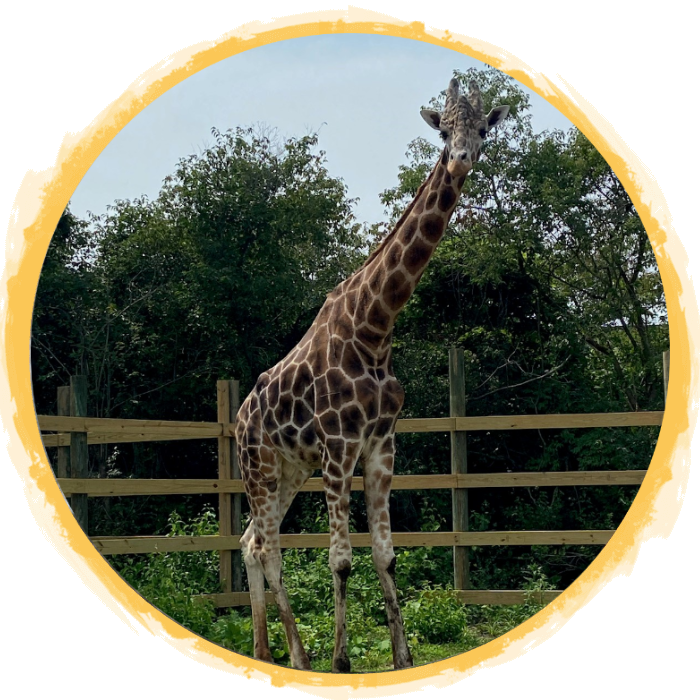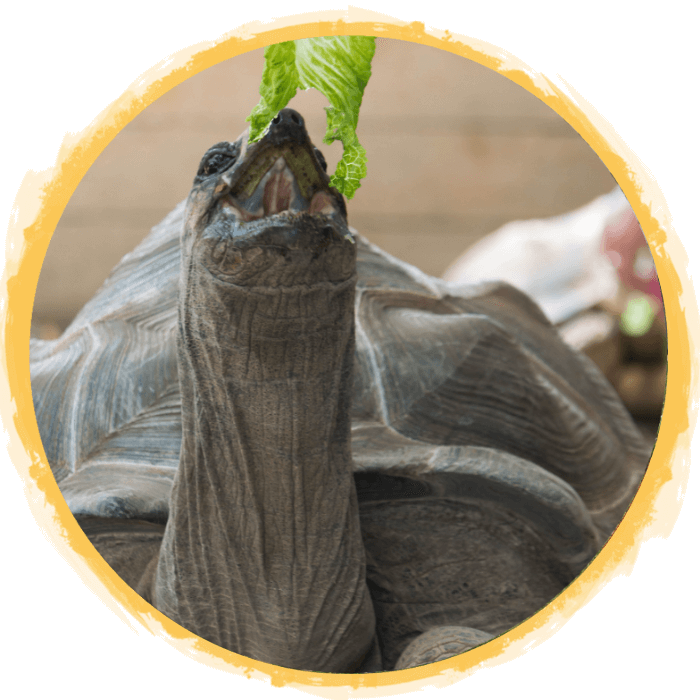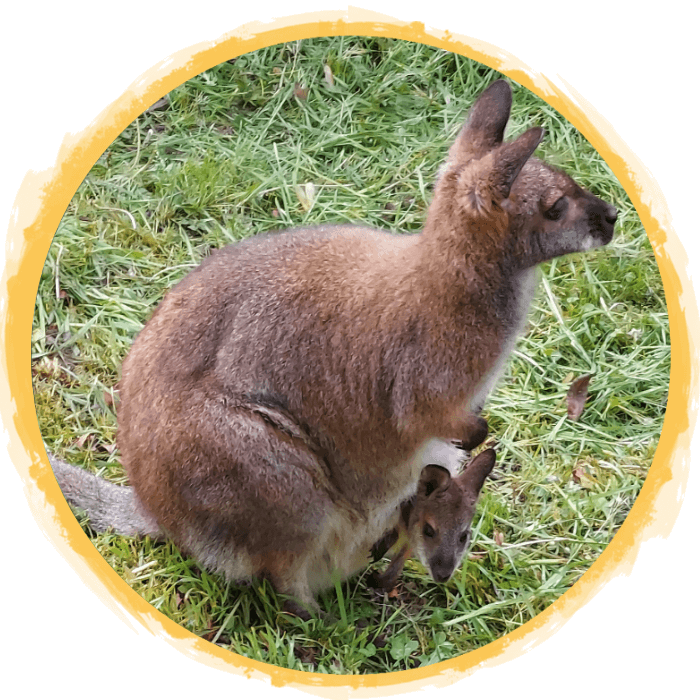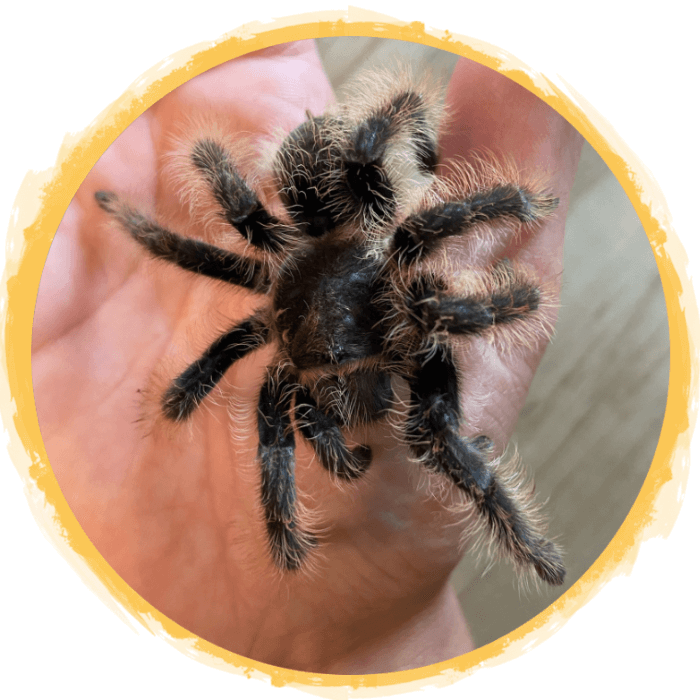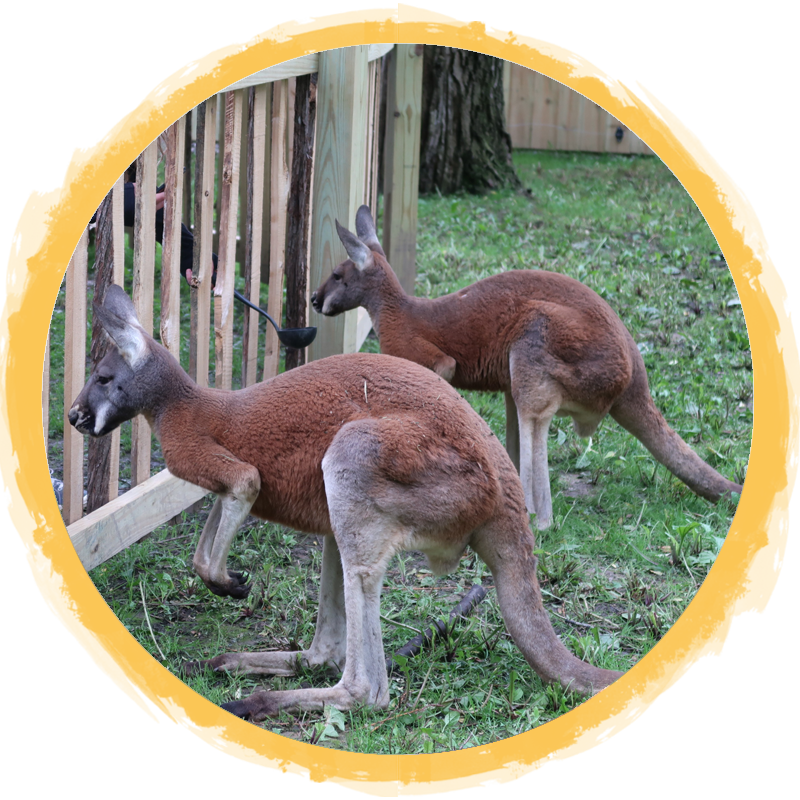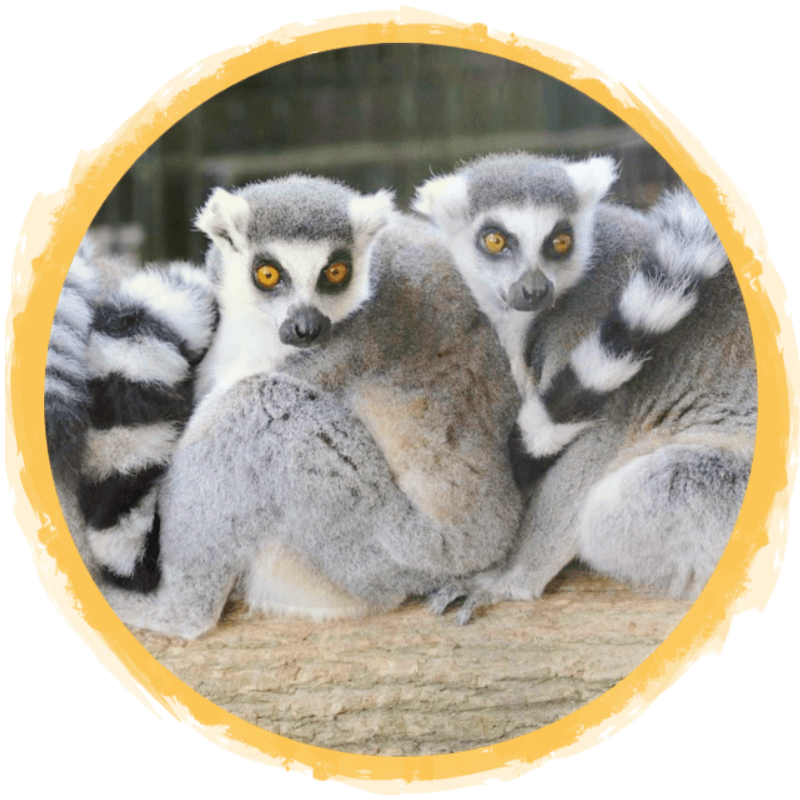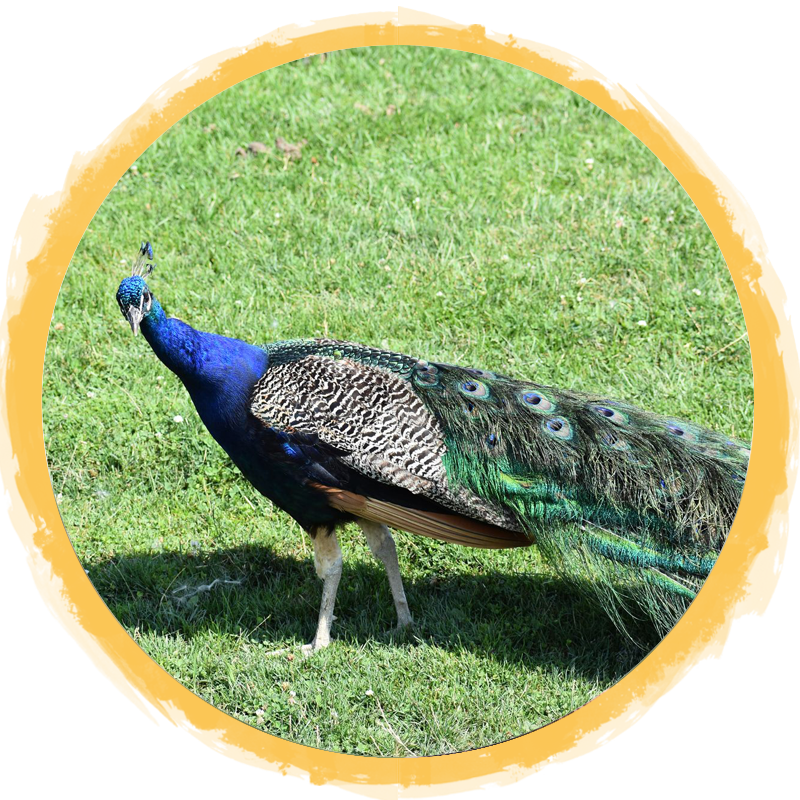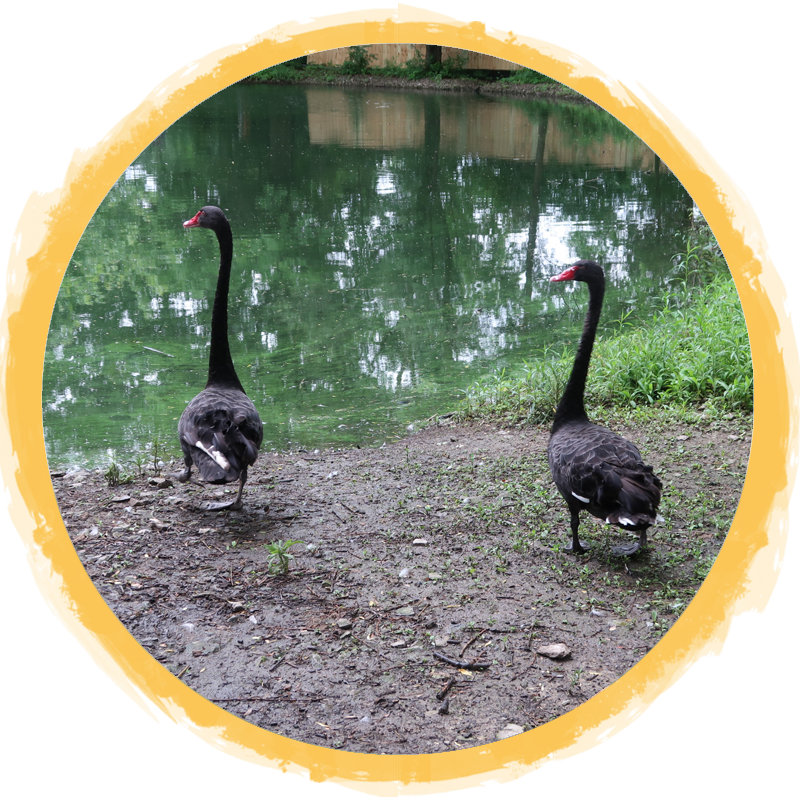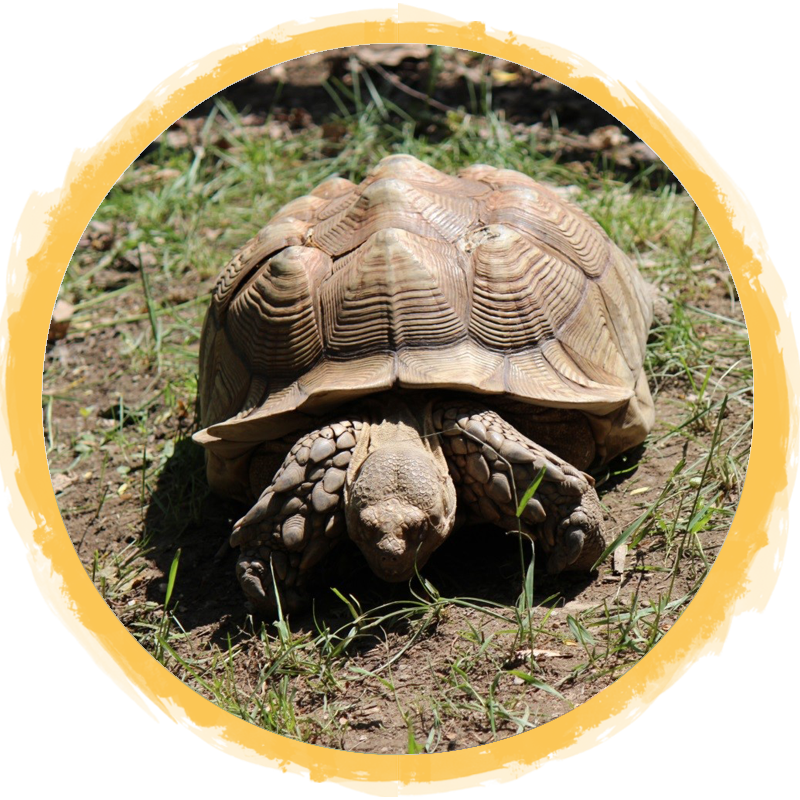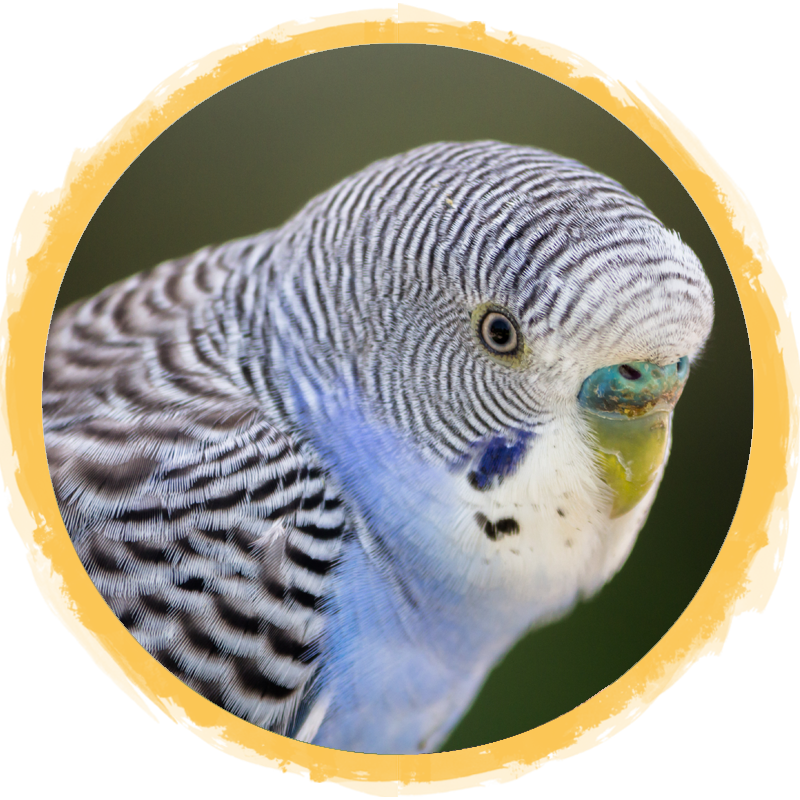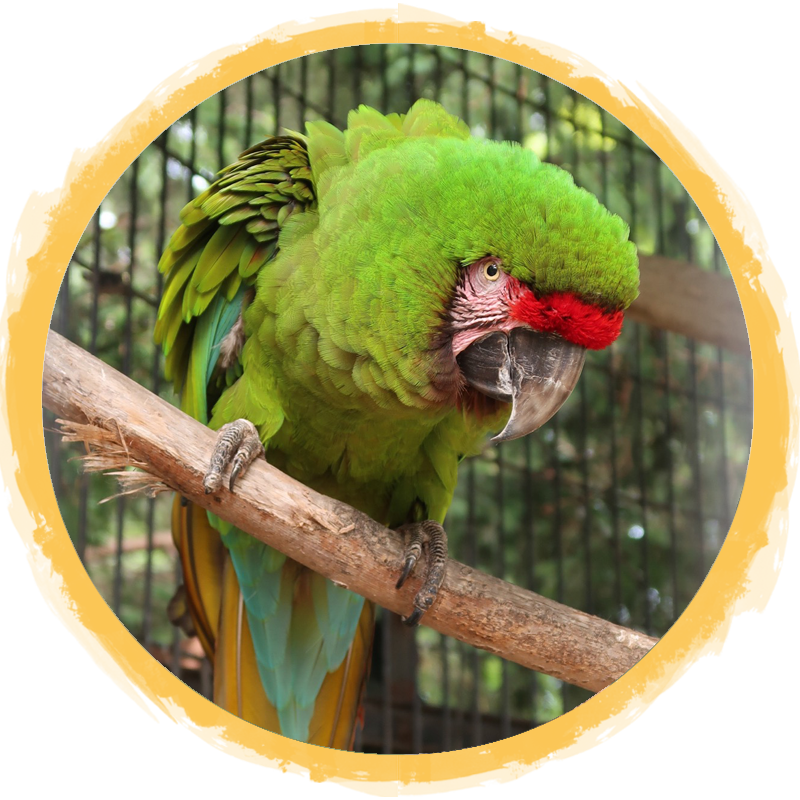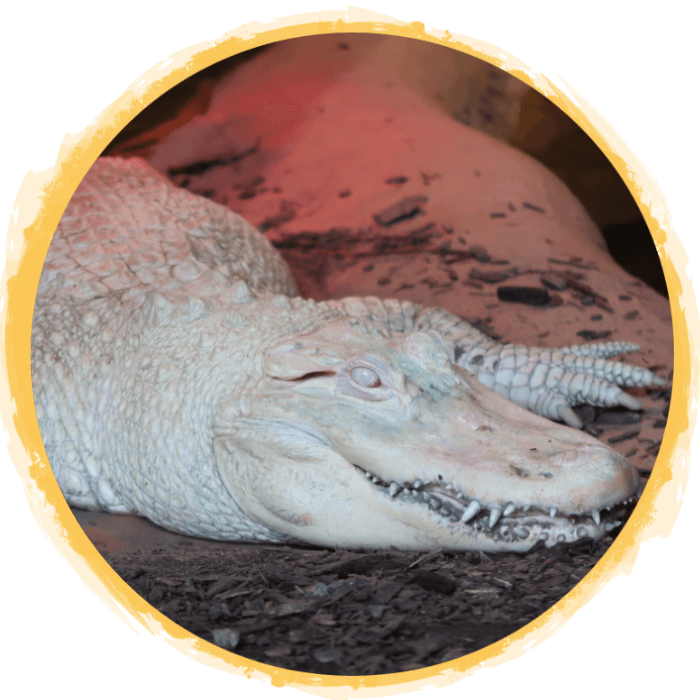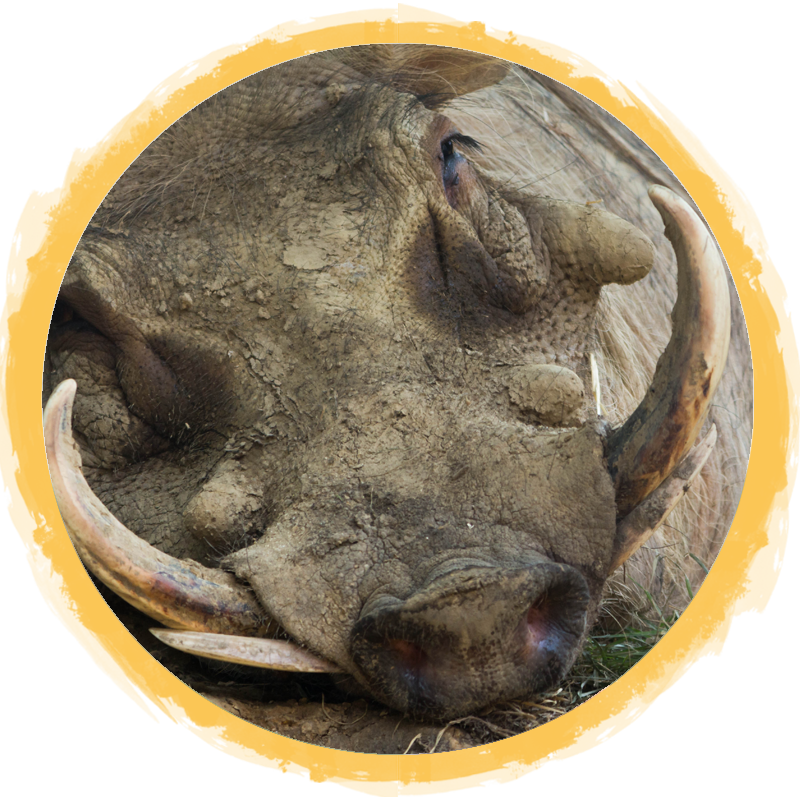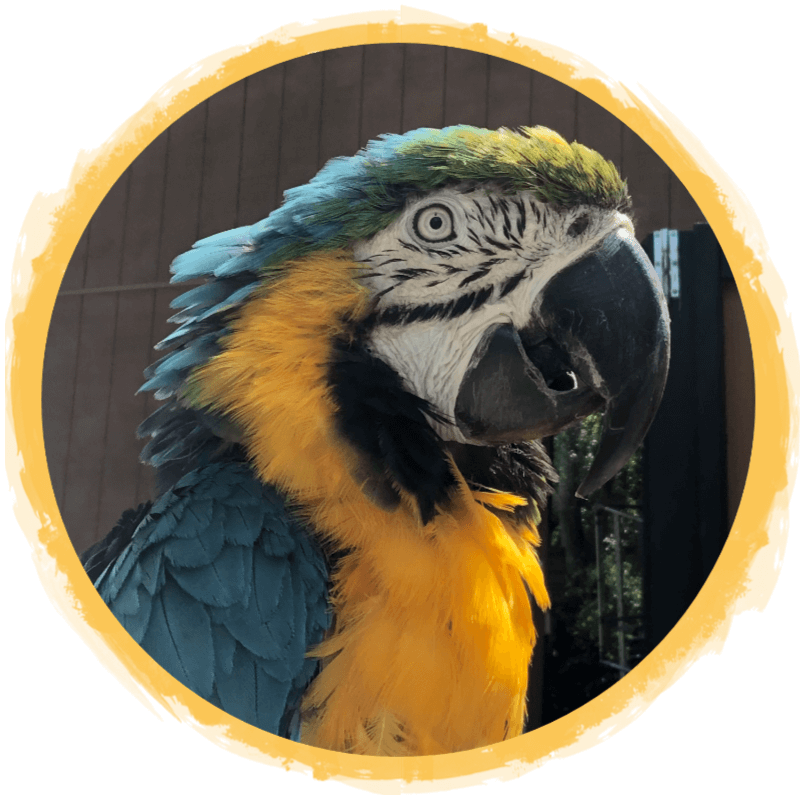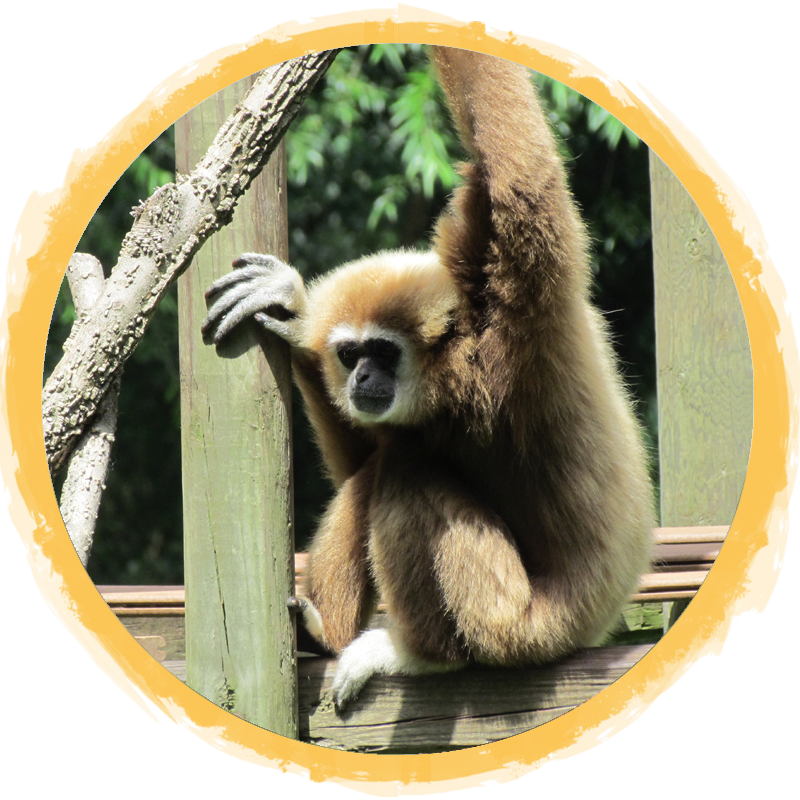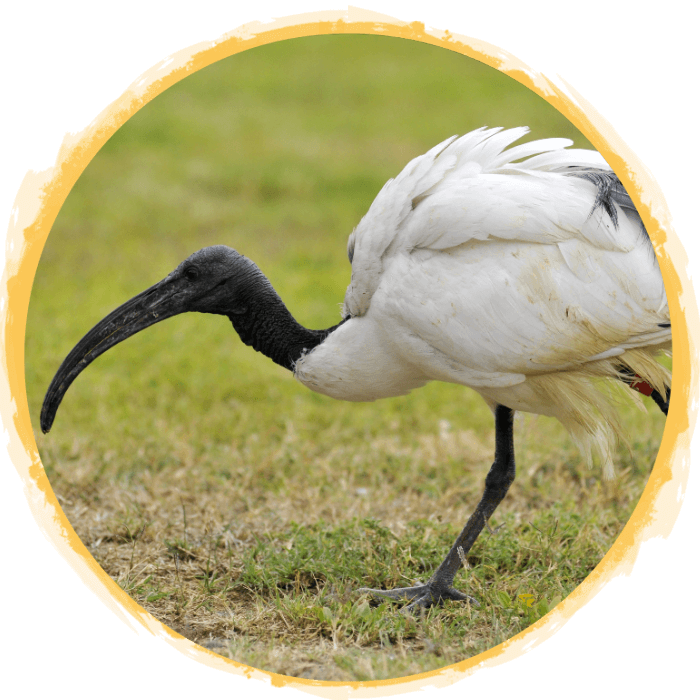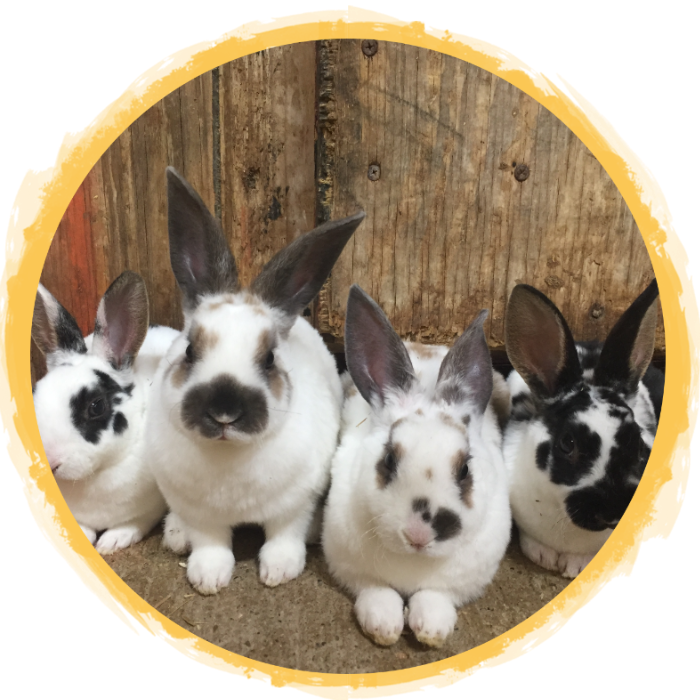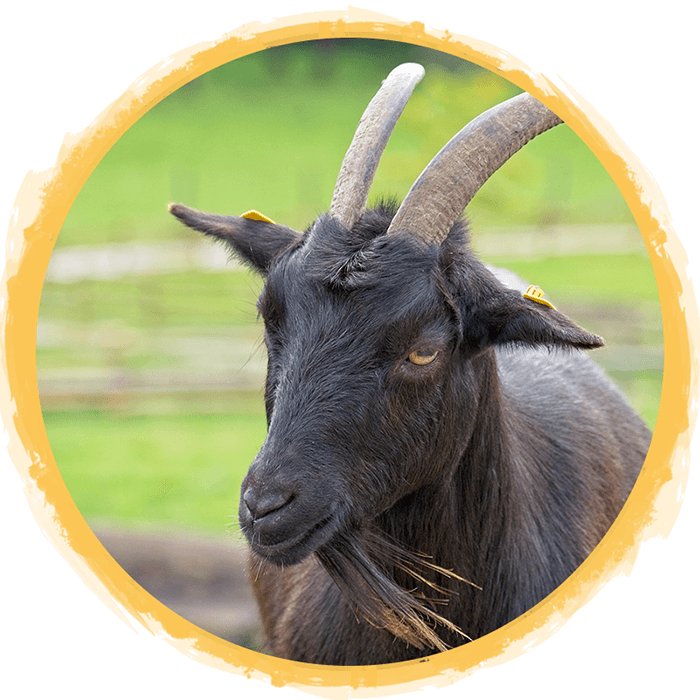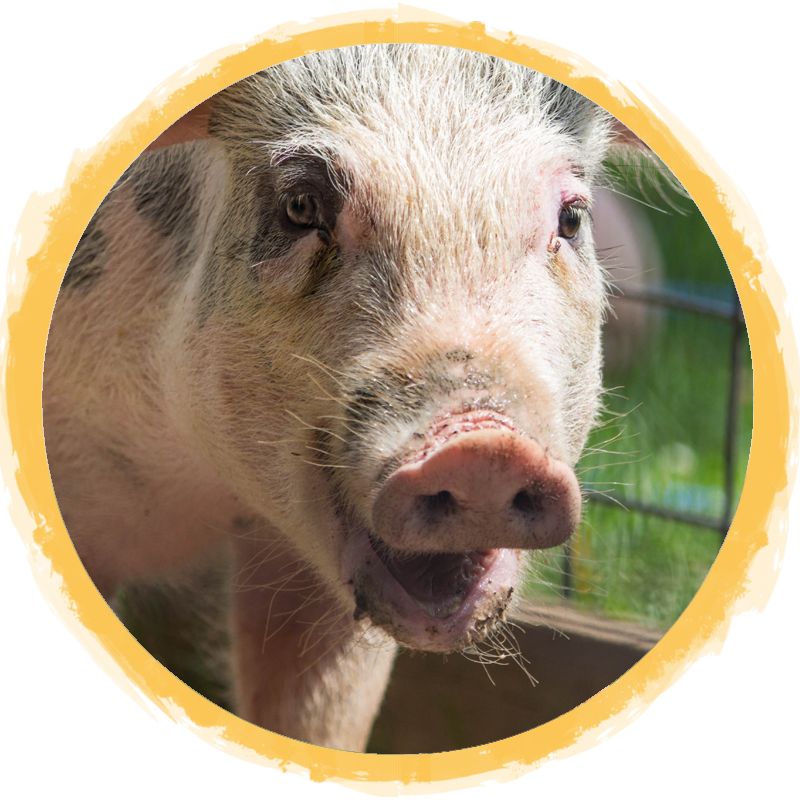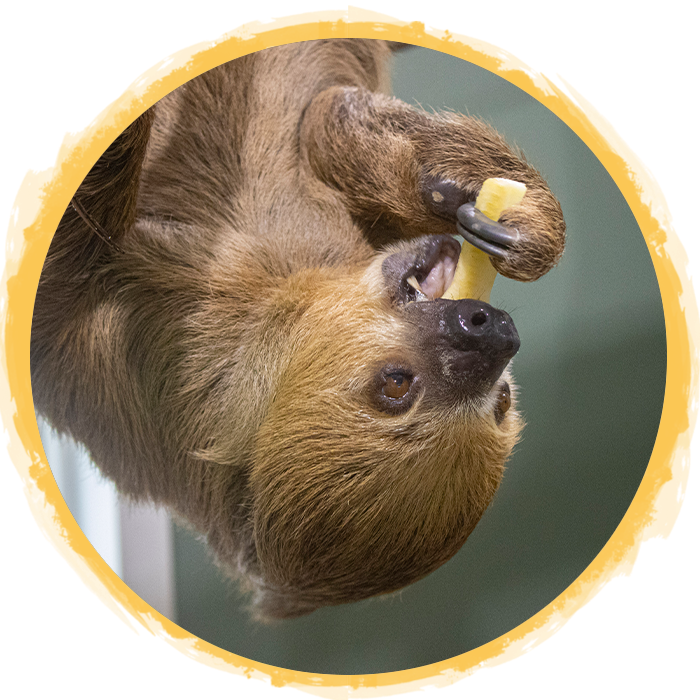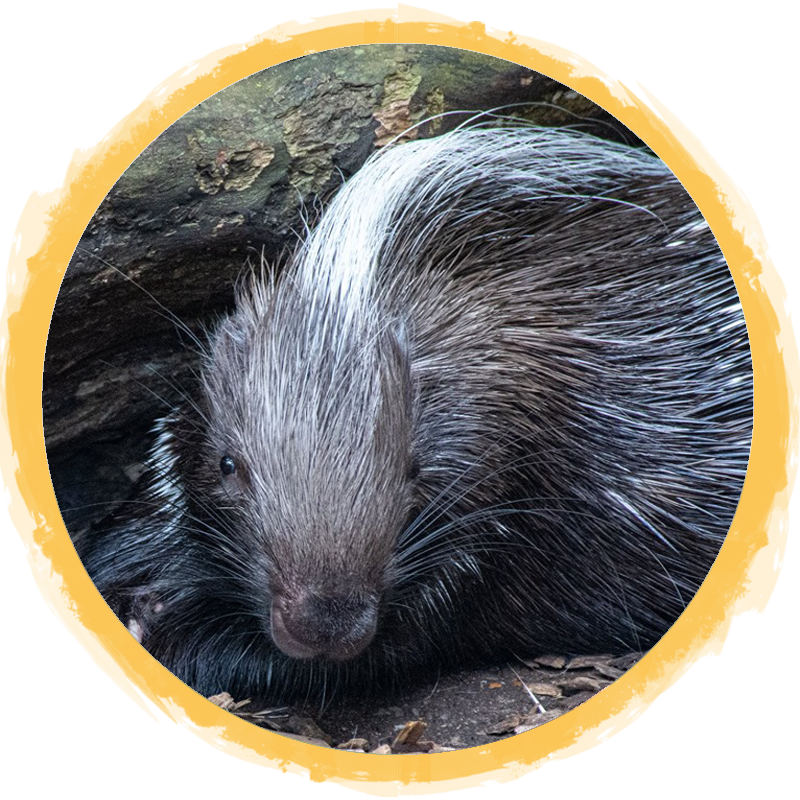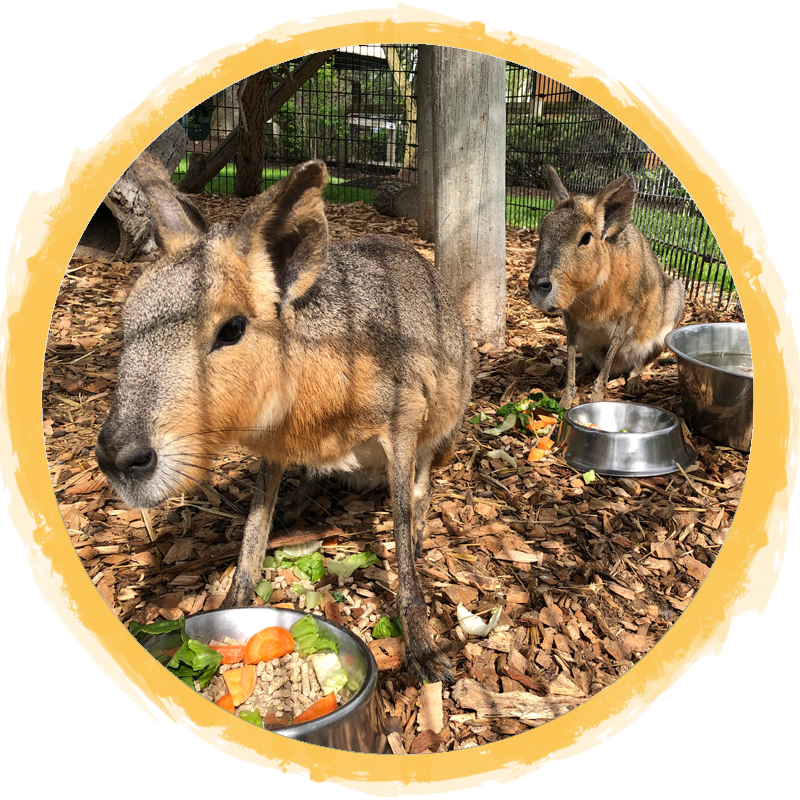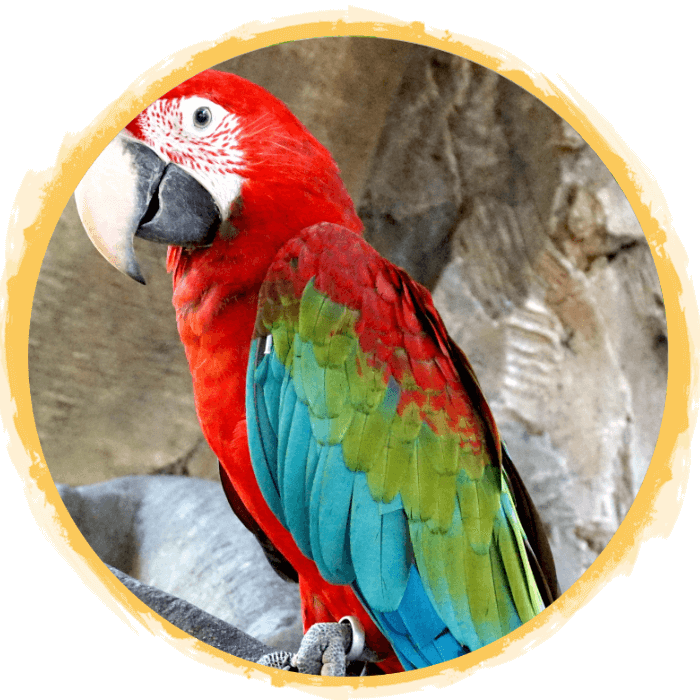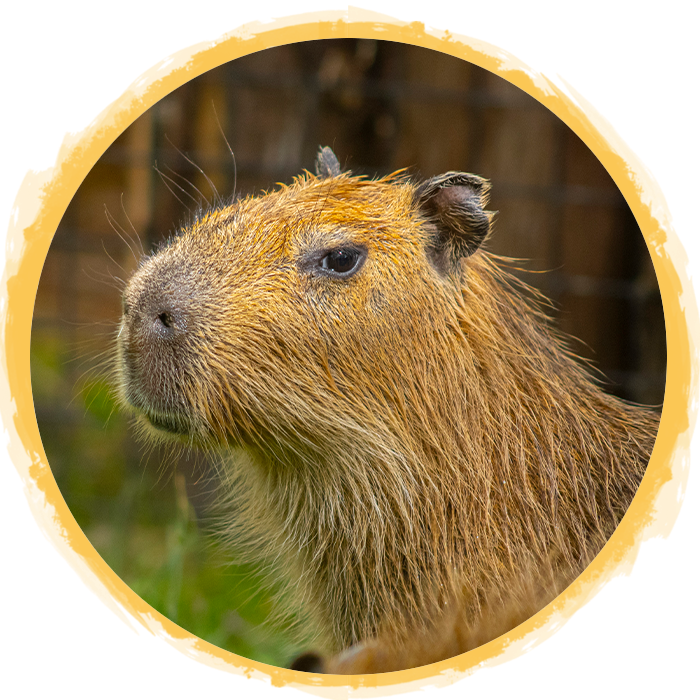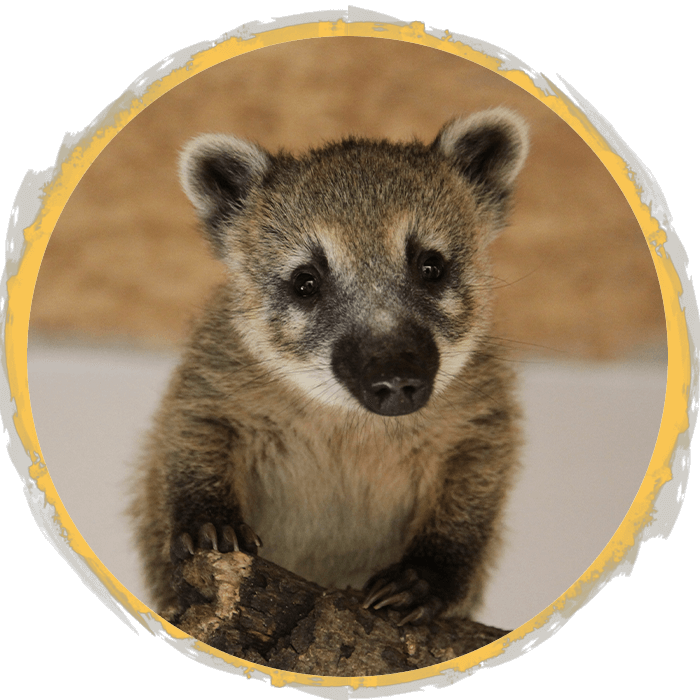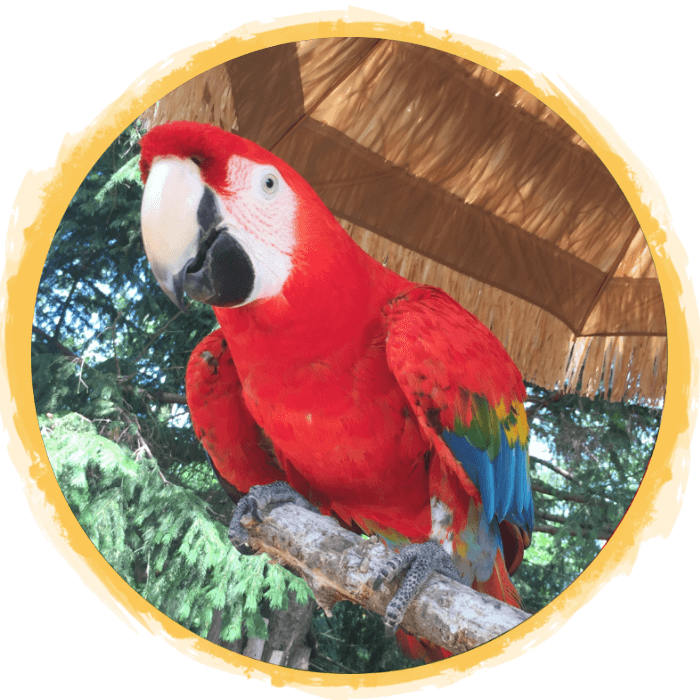(Taurotragus derbianus)
The Giant Eland, also known as the Lord Derby eland, is the largest species of antelope in the world. These animals can be found in the wild in two different remote areas of central Africa. Giant Eland’s are found in sparse forest during the day to take shelter from the heat. When it is cooler in the morning and evening they search for food in the surrounding grasslands. They can also be found in mountainous regions. They are primarily nocturnal and can live in social herds of up to 25 individuals. When young reach weaning age at 4-6 months, they leave their mothers permanently and join other juvenile herds.
Key characteristics: Giant Eland males are much larger in body size than females and can also be identified by their large flap of hanging skin underneath their chin called a “dewlap”. Both males and females have the characteristic spiral horns, white lips, and dewlaps. Males are usually darker than females and the color of the male’s coat darkens with age. Giant Elands have a crest of short black hair that extends down their neck to the middle of their back. They have black and white markings just above the hooves, large black spots on the upper forelegs, and a thin, indistinct tan-colored line called the chevron between the eyes. Males have horns that are thicker at the ends, that are longer and have more separation.
As with most antelopes, they are alert and wary animals. They are good jumpers and can move quickly. They can be dangerous even to a lion pride and are not taken easily.
If the male of the herd senses danger, they will make a deep-throated barking noise to alert the herd.
How can we help Giant Eland? Decline of Giant Eland in the wild was due to over-hunting and habitat destruction. Captive Breeding programs are important to the reestablishment of wild populations. One way to help is to support conservation tourism which allows a safe place for Giant Elands in wildlife reserves and supports the conservation efforts taking place. Long term management of national parks are effective in the survival of Giant Eland. Protected areas are vitally important to protect threatened species, as well as corridors connecting them. Corridors to link protected areas allows for more genetic diversity and less habitat fragmentation, genetic diversity is vital to have healthy populations.
Meet the two Female Giant Eland at African Safari Wildlife Park:
- Dazy (Three years old, Birthday July 3!)
- Aerie (Three years old, Birthday July 6!)
Fast Facts
Country of Origin: Central Africa
Weight: Males up to 2,200 lbs, Females up to 1,320 lbs
Size: Up to 5.9 feet tall at the shoulder
Lifespan: 25 years in the wild, 20 years in captivity
Diet: Grasses, foliage, weeds, and other lower-quality plant material. If available, they have been found to eat fruits.

